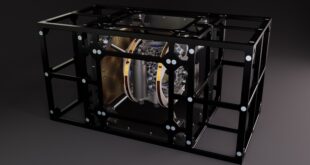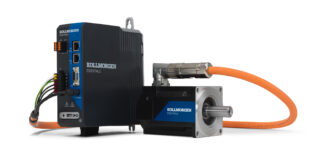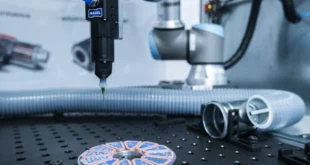PEM S-RT nable easier tightening of mating screws and vibration-resistant locking performance
New PEM S-RT self-clinching free-running locknuts from PennEngineering feature a modified thread angle enabling easier tightening of mating screws and superior vibration-resistant locking performance in thin metal assemblies.
The modified thread formation allows mating screws to spin freely during the attachment process until clamp load is induced during the screw-tightening process.
The applied clamp load then engages the locknut’s vibration-resistant locking feature, which securely and reliably locks the screw in place.
Compared with traditional locknuts, excellent joint clamp load remains consistent, even after many on/off cycles.
PEM S-RT self-clinching locknuts install into aluminium or steel sheets as thin as .030-in/0.8mm and become permanent parts of an assembly.
On their installation using a PEMSERTER or other standard press, the back side of the host metal sheet for screw insertion will be flush or sub-flush and the assembly side will be flush or sub-flush ideally suiting sheet-to-sheet attachment applications.
These carbon steel locknuts can be specified with thread sizes from #4-40 through 5/16-18 and M3-M6 and in a variety of shank lengths.
Zinc plating finishes are available in standard colorless or optional yellow.
 Engineer News Network The ultimate online news and information resource for today’s engineer
Engineer News Network The ultimate online news and information resource for today’s engineer




